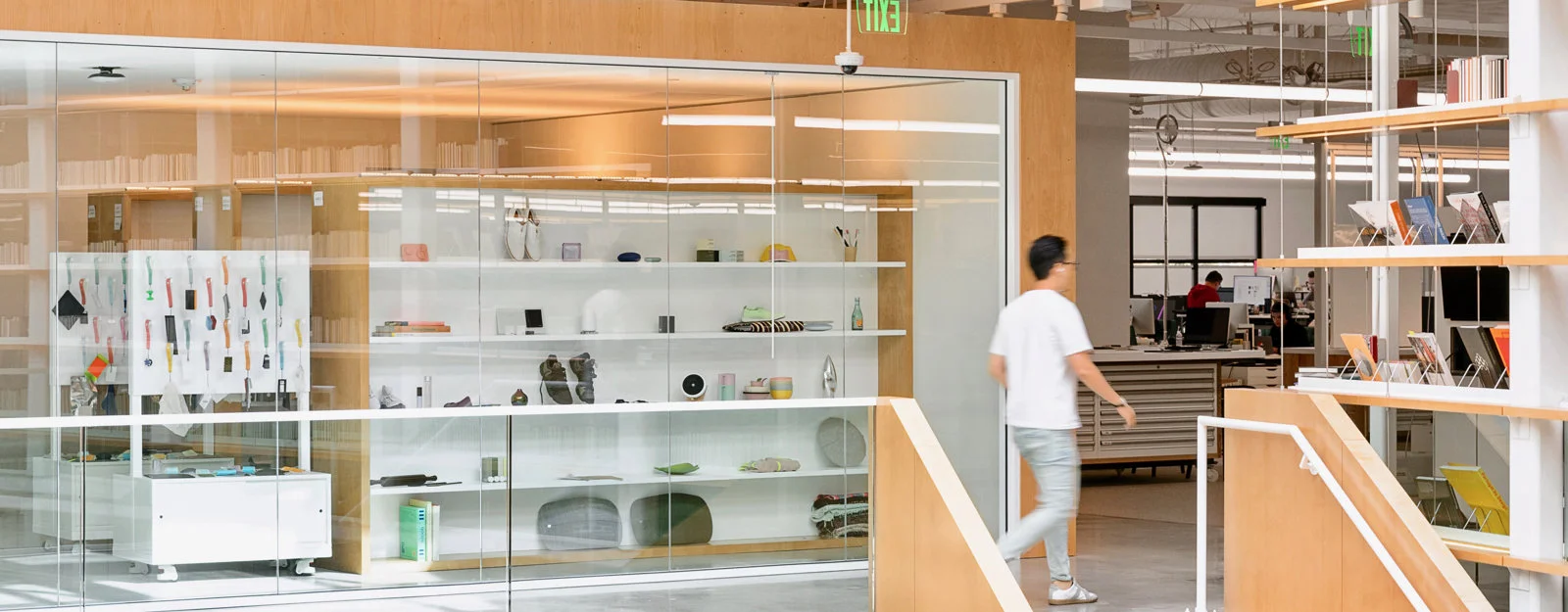What Does COVID-19 Mean for Shared Office Spaces?
Remote Work Tips for the A&D Industry
California Cool: Arcadia, a Company on a Roll, Proves Design, Innovation Drive Sales
Ever notice how successful companies in the office furniture industry seem to get on a roll when it comes to design and innovation? Success begets success. One great product leads to other great products and brands seem to gain significant relevance. Sometimes it happens quickly; sometimes it takes a while.
Ivy Ross, VP of Design for Hardware at Google, discusses how to translate brand essence into product
Designer David Allan Pesso Sweats Every Detail (and it Shows)
How to Thrive in a Busy Working World
Everyone Hates Meetings, Here’s How Technology Can Improve Them
Working At Home: How To Create The Perfect At-Home Office
Steelcase and West Elm come together to create hardworking, inviting new solutions for the office
The case against fighting to stay focused at work
10 ways to encourage physical movement in the office
How breakout spaces became the most important areas in the office
Your open office might make you more active and less stressed
I used to quietly disdain open offices. How does anyone get anything done? I like my colleagues, they like each other, everyone is always talking. Plus, if any one of my officemates has a cough, the contagion appears to spread through the ranks at warp speed. I keep a lot of zinc tablets at my desk. My fears are backed up by science, and I’ve written about it before: The microbiome of an office—especially the kind without windows that open—can be a festering petri dish of everyone else’s insides.
On the other hand, open offices are sort of an antidote for another health hazard that comes from devoting nine or more (always more!) hours of your day to an office job: loneliness and isolation. In an open office, if someone is laughing at something on their desktop, it can be a distraction—but it can also be a social salve in the midst of another hour spent ricocheting down the tubes of the faceless internet. You can ask what they’re laughing at. You can get up and look. You can laugh at it too.
A study published recently in the British Medical Journal concurs. University of Arizona researchers found that open office seating correlated to less stress and more physical activity compared to those working in cubicles or private offices. The study was commissioned by the US General Services Administration, which has a big stake in understanding the office-health nexus; the agency is responsible for more than 1 million federal employees and the 370 million sq ft of office space in which they work.
The researchers monitored about 230 federal office workers across four federal office buildings. They kept track of their heart activity by way of sensors worn on their chests, monitored their physical movements using accelerometers, and prompted them via a smartphone app to take a survey documenting their stress levels once every hour over the course of three workdays.
They found that workers in open offices (where there are no partitions between desks, or the partitions are low enough to see over while seated) were over 30% more active while at the office than people working in private offices, on average. They were also over 20% more active than people who worked in cubicles. Further, open-office denizens rated their stress, on a scale of 1-7, with 7 representing the highest stress level, as significantly lower during the workday (9% lower on average). Plus, according to the heart-activity tracker, they experienced significantly less stress outside of the workday as well.














